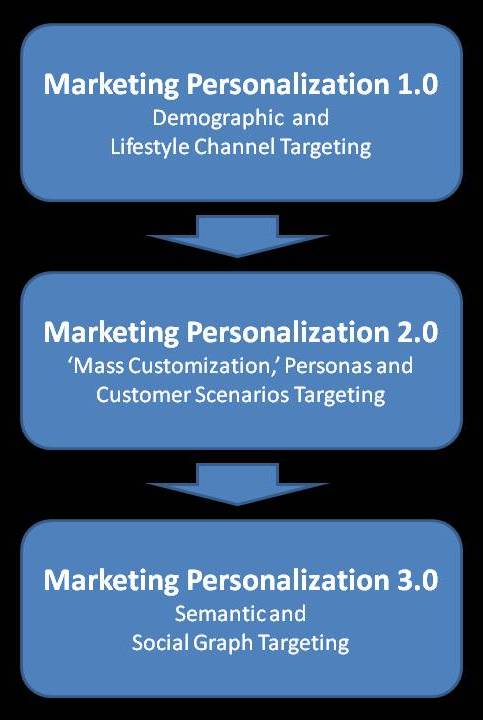My recent blog post on the inbound marketing / marketing content management crowd has gotten me thinking quite a bit about the holistic lifecycle of leads and of the role of marketers in this process. The rapid ‘death’ of the consultative sale means that marketing organizations increasingly are playing a more-pervasive role in the lifecycle of leads – blurring the traditional lines between marketing and sales organizations. “Who builds a [target] list, is it a sales person or a marketing person?” posed Rand Schulman, CMO of InsideView, in a meeting with me in his office in San Francisco a little over a week ago. Good question. Also, how should this list be built?
The new marketplace reality requires marketing organizations and their technology systems to be more engaged than ever before in all aspects of lead generation and of lead nurturing. Thus, an emerging key partner for marketing organizations is the growing roster of what I refer to as the ‘online compiled lead sourcing providers.’ The roots of this category are grounded in the world of opt-in target list builders, prospect data miners and syndicated lead directory/database vendors – this traditionally included firms such as Dunn & Bradstreet (D&B), as well as media organizations and the credit bureaus. This industry has evolved, though, and it increasingly looks more different than it once did, with an explosion of new market entrants and of new techniques for sourcing and aggregating prospect insight. Today this emerging group includes firms such as Demandbase, idExec, Jigsaw, Lead411, NetProspex, OneSource, SalesGenie, Selectory (a D&B company), Zapdata (also a D&B company) and ZoomInfo.
It’s a pretty exciting time for this segment, but it’s worth tempering the excitement a bit – making sure we’re analyzing these providers in the context of where they fit into the overall marketing mix. As with any new data or system provider in the world of Marketing 2.0, these providers are not a panacea. Leads can come from many sources, and it’s important to recognize the trade-offs.
The new marketplace reality, thus, also requires marketers to assess all of their lead-generation-oriented marketing programs against a number of alternatives and in the context of the net impact of these programs. As I was thinking through this, I built this chart to conceptualize the landscape. On the x-axis I have made a relative assessment of the net credibility various programs bring in the eyes of the prospect – i.e., the degree to which a lead is pre-disposed to being interested in that brand-company and a relative indication of how hard marketing and sales will have to work to nurture a lead. On the y-axis I have made a relative assessment of the net estimated cost per lead of different types of lead-generation-oriented marketing programs. In doing so I considered both time and money, as it is critical to look at both. For example, inbound marketing may have low dollar cost but it is not a no-cost activity; successful content and engagement requires time and energy, which translates into real dollars via salaries, overhead, etc. This is why I have it at roughly the same cost level as paid sourcing. What do you think about this matrix and where I’ve placed various types of marketing programs?
I hope this framework helps you better think about where the online compiled lead sourcing providers fit into the mix and provides a frame of reference as you dig into the status of this segment. I believe it is particularly instructive because it speaks to some of the opportunity for evolution in this segment and is indicative of the segment’s overall trajectory – particularly predicting moves that will help improve the net credibility of leads while maintaining low net cost per lead.
So what’s new with the online compiled lead sourcing crowd, and how do we break down the vendor landscape? Moreover, how are they innovating to keep pace with the tidal wave of change in integrated marketing management technology? And what does this mean for marketers?














